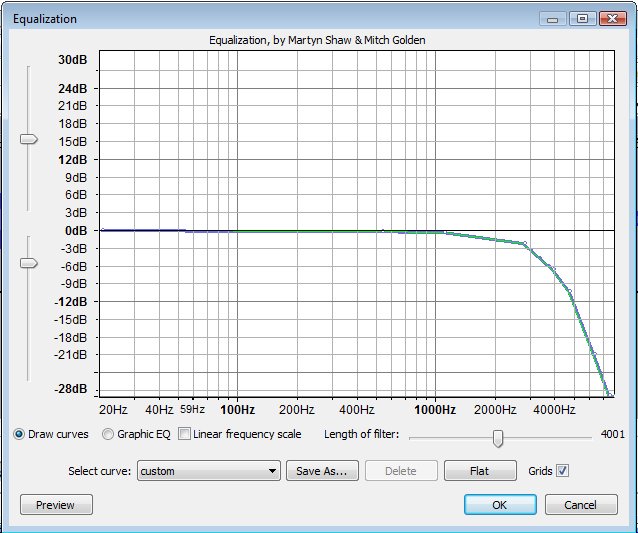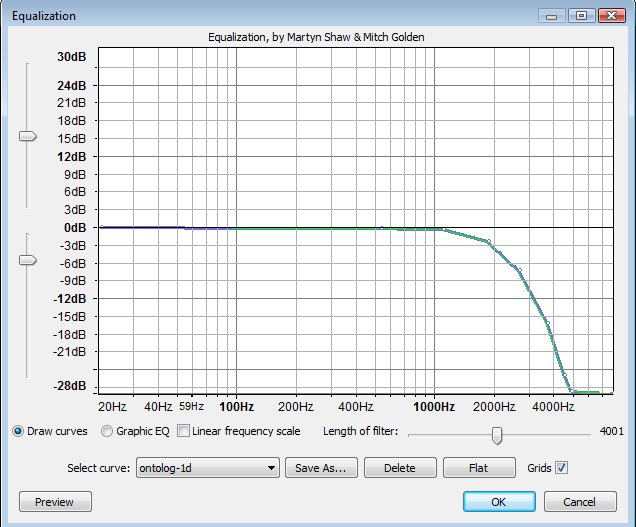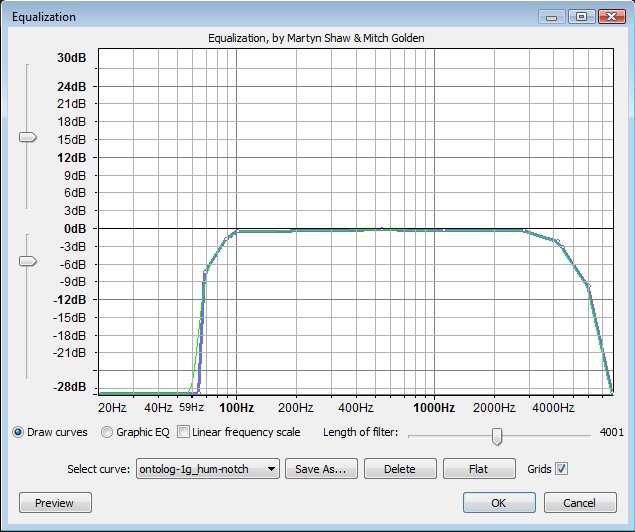Ontolog Forum
The Ontology Summit 2014 Process
Team-M Co-champions:
This is a working page used by Team-M: "Program management (includes operations, logistics, production)" and other OntologySummti2014 members of the organizing committee to document the process details for future reference.
Ref. also: OntologySummit2012/Process
Overview
The Ontology Summit provides an annual mechanism for the worldwide ontological engineering community to collaborate on topics of interest and improve the community of practice overall. The planning process for the Ontology Summit begins in summer of each year. A topic is selected. Once selected, the topic is refined into three to seven independent tracks, or facets of the topic. The Summit is a process that lasts from January through April of each year through weekly virtual sessions. The final step in the process is the production of a formal Communique through a two-day face-to-face session. The year's work culminates in the production of a formal Communique which is published in the "Applied Ontology" journal, as well as here http://ontolog.cim3.net/cgi-bin/wiki.pl?OntologySummit.
This page describes the summit process overall as well as annual and weekly tasks required to keep the process moving.
- Annual Tasks and Production Overview
- Post-processing of the Symposium Audio and Chat Transcripts
- Participate in Symposium Improvement Calls to plan for Subsequent year
- Weekly Tasks During the Summit
- Wiki Session Page (create, maintain)
- Securing and processing slides for upcoming and past sessions
- Chat transcripts (capture, edit)
- Audio (capture, process, podcast)
- Announcements-Reminders (+ ListAdmin)
- GettingOrganized (page maintenance, -org ListAdmin)
... (details coming!)
Soap Hub Chat (Raw Transcript Processing)
- During each weekly session, the call moderator facilitates the chat room dialogue. The facilitation process guides the typed chat dialogue so that the references between the chat and the audible session is clear. The process also makes sure that the references to earlier chat dialogue are clear.
- Once the weekly session is over, the chat transcript is processed. Typically within 24 hours of each event, the system will clear its cache and the transcript will no longer be available. To capture the chat transcript, you do the following:
- Click on the "Actions" button at the top center of the soaphub chat room window. Click the "Get the list of attendees" link. This will paste a list of everyone who has been in the chat room onto th echat window.
- Focus in the chat window
- Select all (ctrl-a)
- Copy (ctrl-c)
- Paste (ctrl-v) into your text editor and save the file. This becomes your raw chat transcript.
- Click the "Actions" button at the top center of the soaphub chat room window again. This time, you will type your email address into the field next to "Mail transcript" and click "send". This informs the system to mail you a copy of the chat transcript
Soap Hub Chat (Final Transcript Editing)
During each weekly virtual session, the participants communicate asynchronously via the chat room. There is a general pattern to each session. First, the session contains "housekeeping" information and the facilitator may make general reminders for people to reference things properly in chat. Each weekly session is comprised of multiple presentations. Chat commentary begins during the first session and interesting dialogue ensues. It is normal, and typical for the chat dialogue from the first presentation to continue through the speaking in the second session. Similarly, dialogue from the second session may continue well past the second session into the third session. At the wrap-up, information may be commented on from any of the prior presentations.
The difference between a raw chat transcript and a final chat transcript is that a team "M" member, now playing the role of an editor will re-organize and lightly edit the chat transcript so that a 'thread' of conversation in the chat becomes contiguous. The final chat transcript will have time/date stamps that are not in order because of this. This is correct. Other editing notes:
-
- The editor should never assume the meaning of a particular acronym. It may very well be a new acronym.
- The editor will correct all non Wiki Names to wiki names so that the contributor's personal page becomes clickable
- The editor will make sure that any words that look like Wiki Names but are not wiki names (e.g. some company names) will be tagged with No Wiki so that they do not become clickable erroneously
- The editor will use some techniques to easily indent and nicely format the transcript to make it more readable. One technique is to use Microsoft Excel to indent all of the transcript in one step. Another is to use a text line editor to limit the line length to a readable length, such as 60 characters for readability
Slide Correction
Each speaker will provide a series of slides to the session moderator prior to the session. This may require some correction.
-
- Slides will be renamed to conform with our prevailing file naming conventions
- Populate the slides with Metadata if this is not already done. This resides under File | Properties
- Add page numbers if they do not exist
- Convert the provided slides to PDF if they were supplied in another format
- Correct blatant errors such as typos or wrong dates. Do not assume, or correct content
Audio Processing - General Process Overview
The objective of the audio recording is to create an archival quality recording of each sessions presentation and collaboration. The moderator will make multiple copies of the recording using multiple outbound phone lines. This is to guard against phone line quality, phone lines dropping unexpectedly, etc. Audio editing steps, using Audacity, include the following:
-
- Level the audio using the following:
- Use this profile if you have a little bit of edge:

- This profile cuts the edge down more:

- This profile is for a situation where the recording has hum:

- Use this profile if you have a little bit of edge:
- Reduce Noise and Hums
- Edit appropriately. Sections of the audio that include logistical comments such as "can you hear me now", or long pauses can be eliminated from the final audio. When participating on the call each week, it is useful to make notes about things you hear that should be edited later. Keep track of this as a time delta from when the call begins for easiest location in the recording using Audacity.
- Advanced technique of syncing audio with slides if the editor is proficient
- Level so that if one speaker is loud and another soft, they end up at more or less the same level of volume
- Settings
- Export at 16 KHz ~ 24 KHz
- Sample format at 16 bits. Use 8 bits if sounds are muffled
- Typical balance between 16 KHz, 22.05 KHz or 24 KHz for compression and quality
- Edit the metadata using winamp (use the winamp extended ID3v2 tags). you will edit the ID3v2 and ID3v1 metadata tags on the audio tags
- Level the audio using the following:
--
maintained by the Track co-champions ... please do not edit

